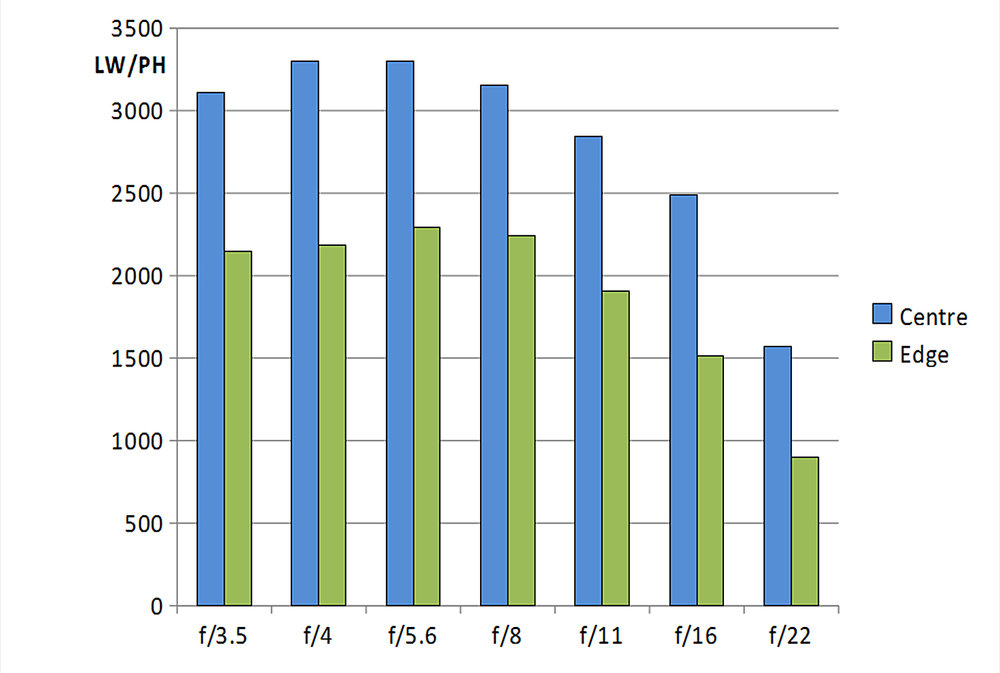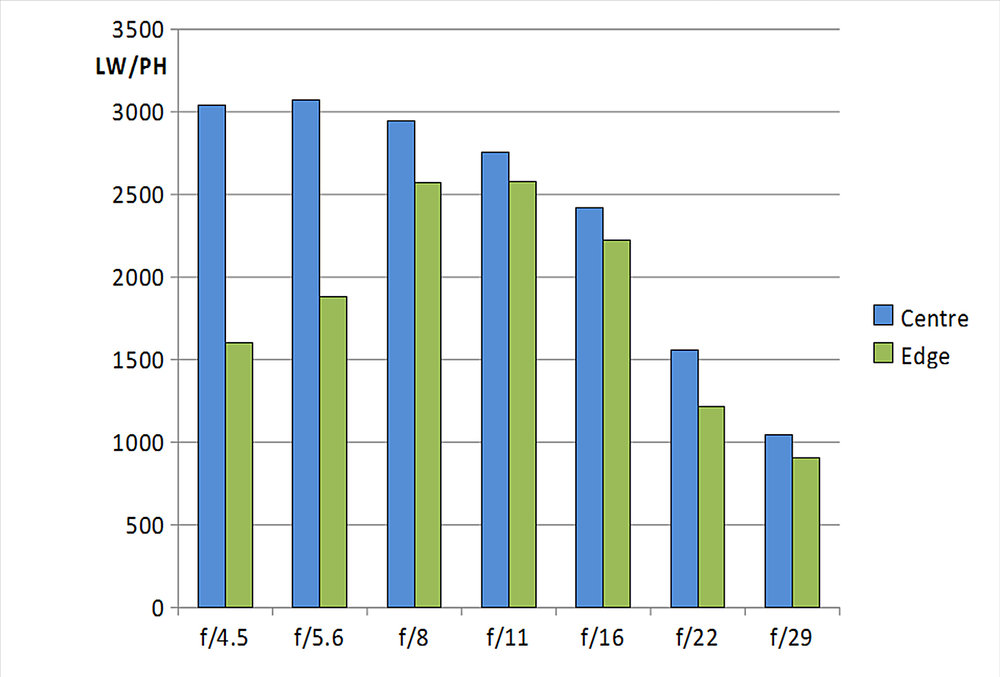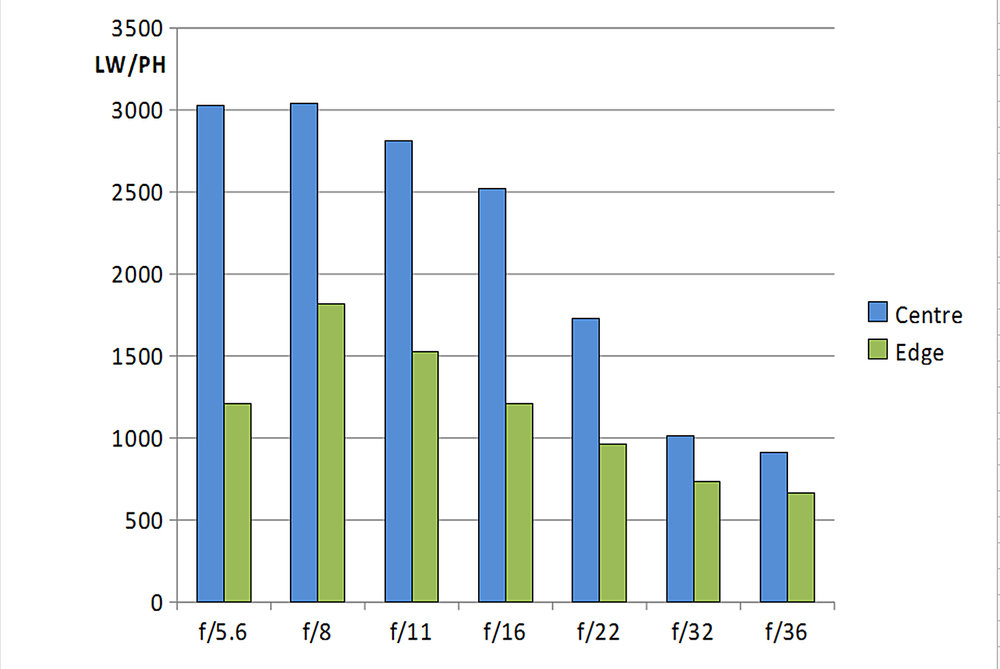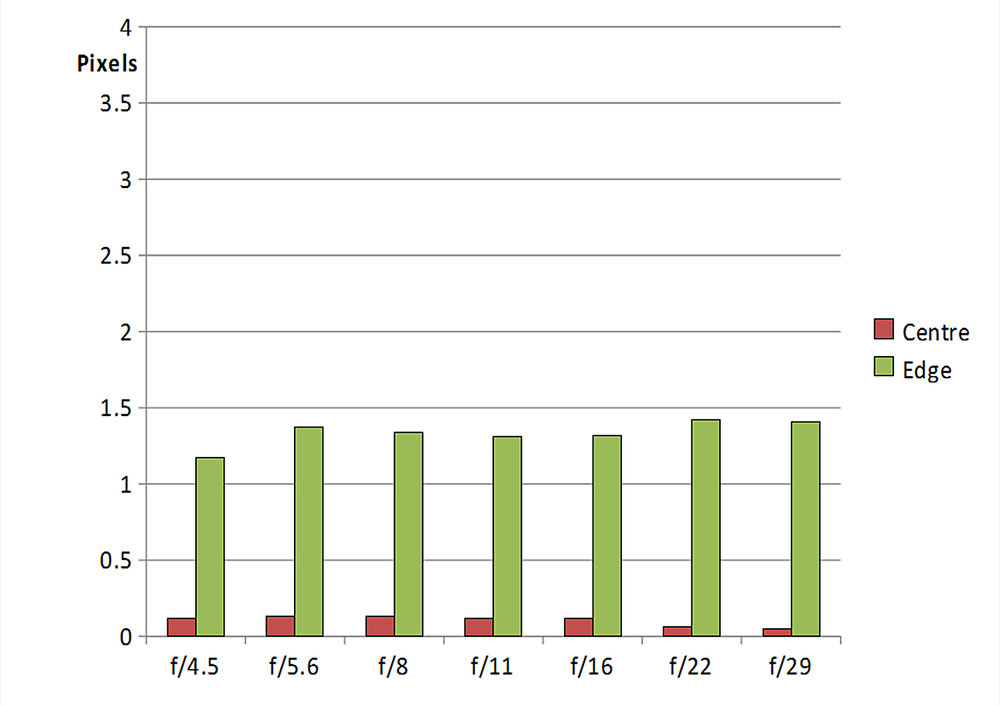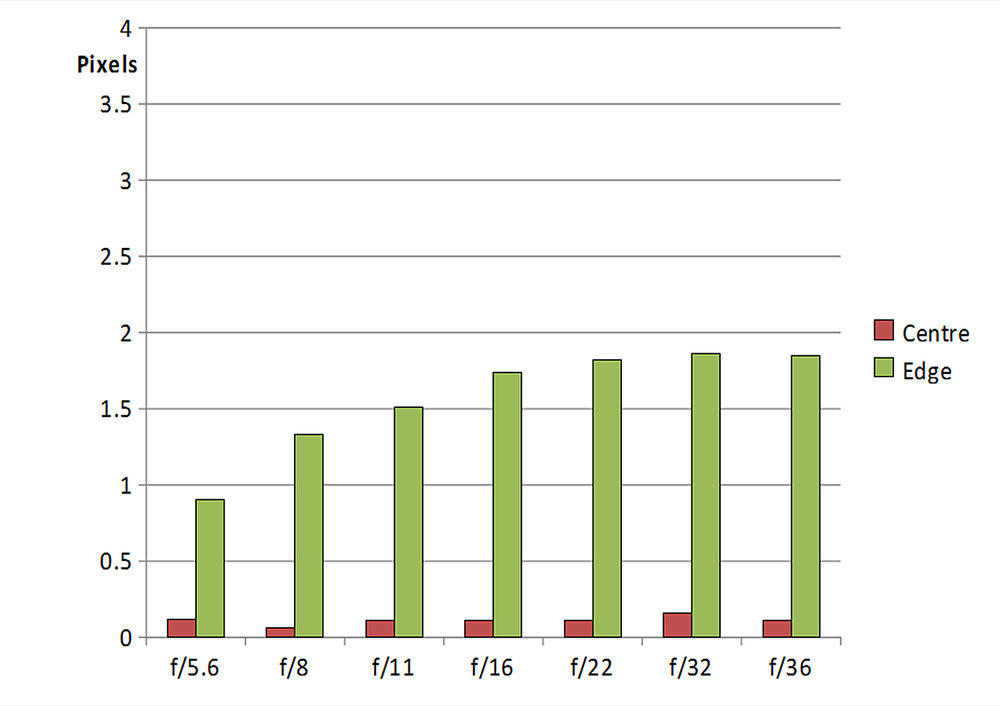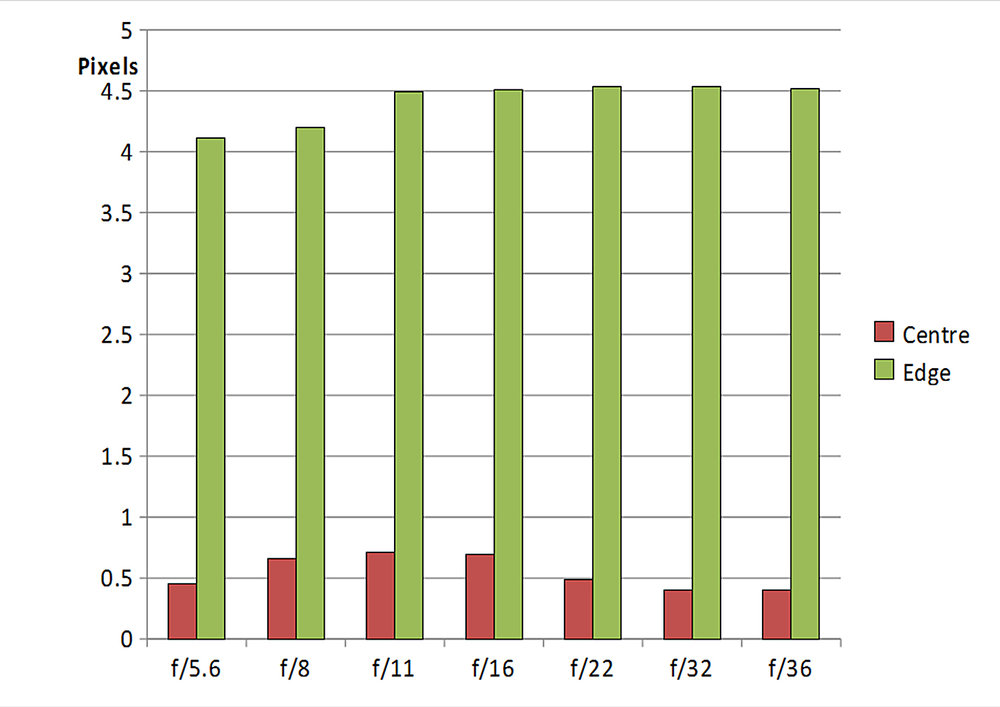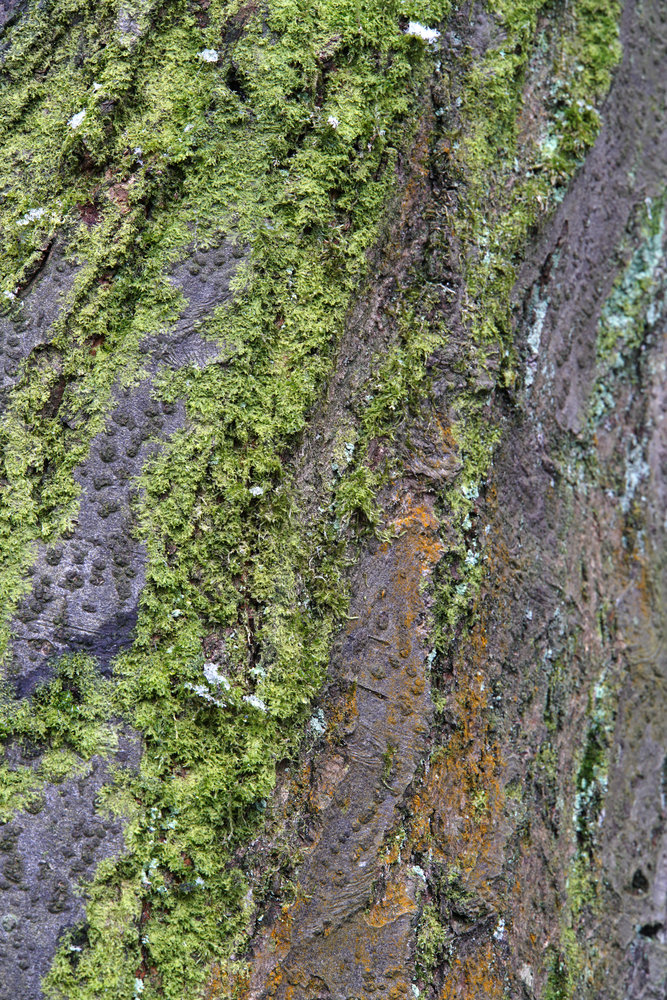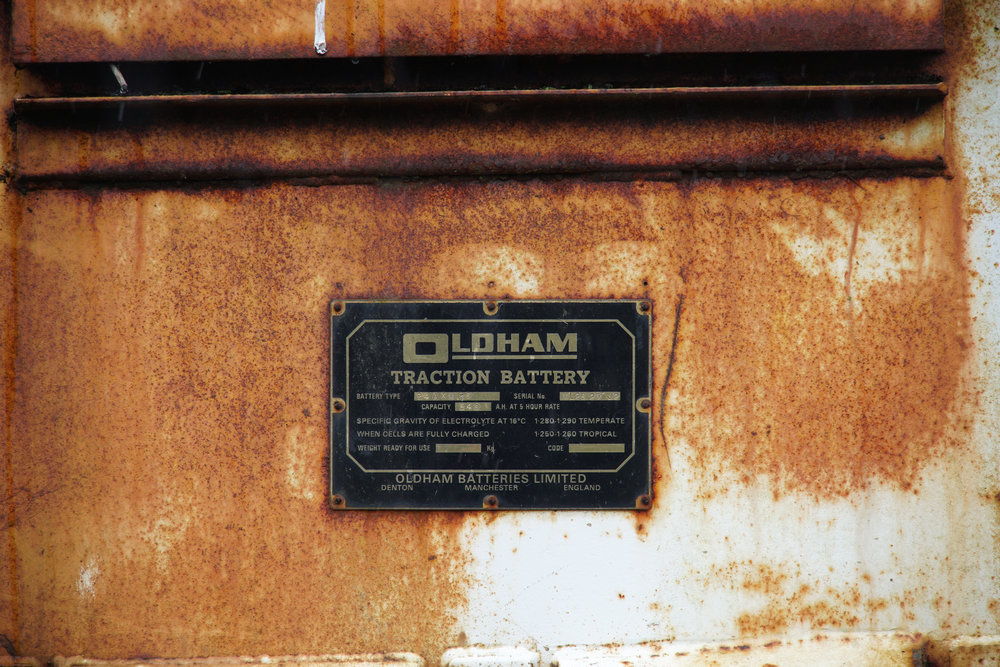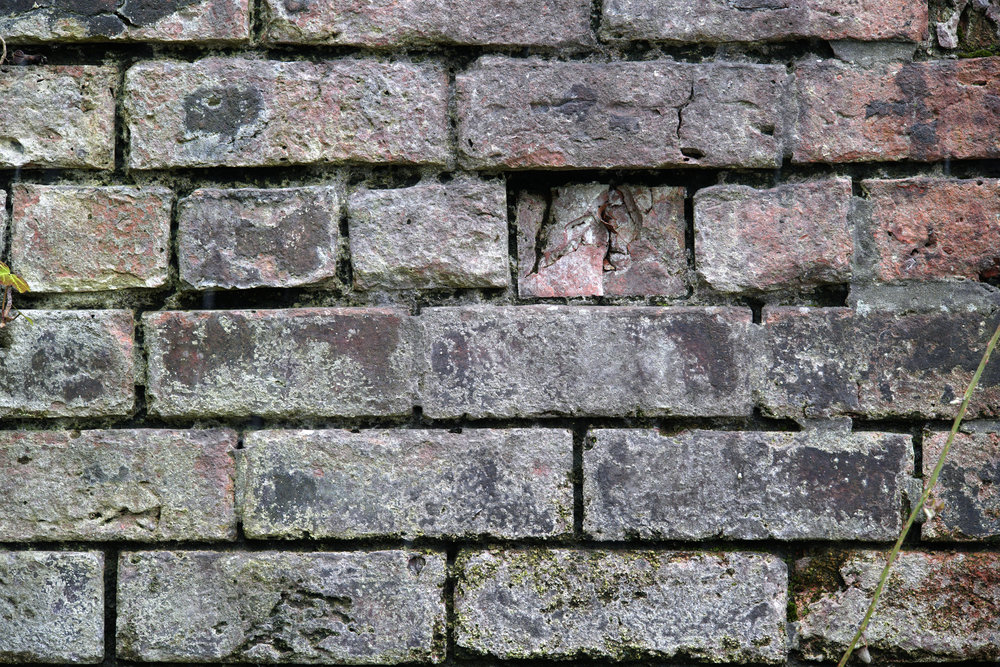Handling and Features
Performance
Verdict
Specification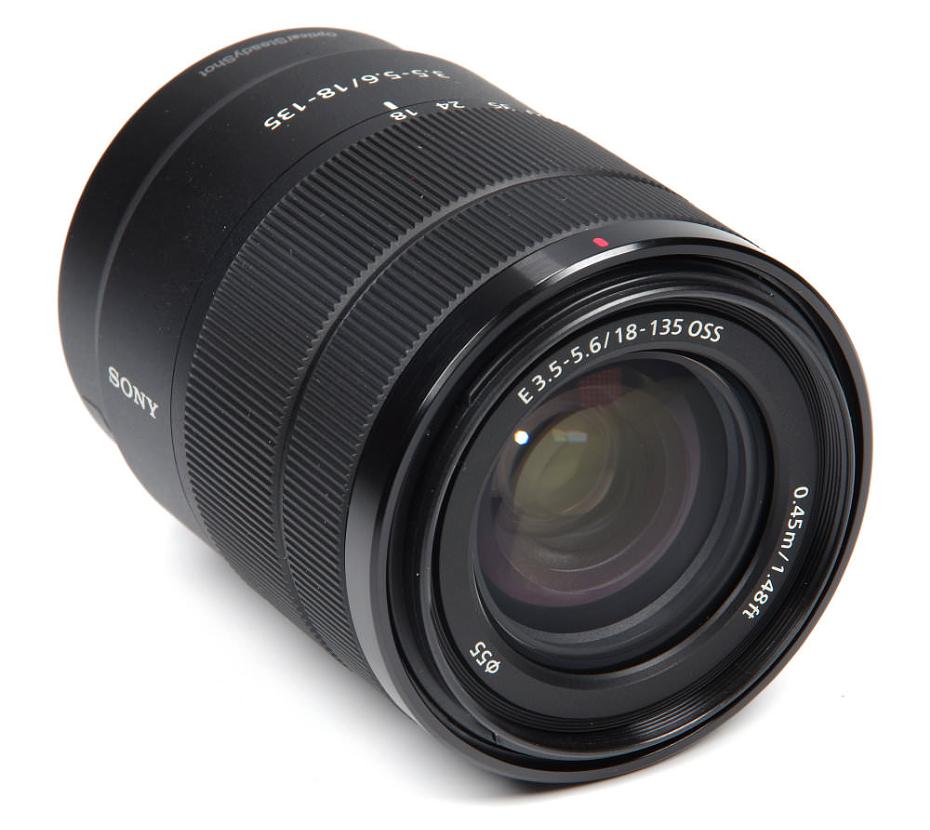
There is no doubt that the new Sony E 18-135mm lens has a real place amongst those that could be considered as general purpose/travel companions. Designed for APS-C format cameras, and here reviewed with the Sony Alpha A6500 body, this gives a full format “35mm equivalent” similar to the 28-200mm super zooms that paved the way in the days when we used film. To be precise, 27-202.5mm. But can such a lens produce the performance needed by current sensors? Let's have a close look and find out.
Sony E 18-135mm f/3.5-5.6 OSS Handling and Features
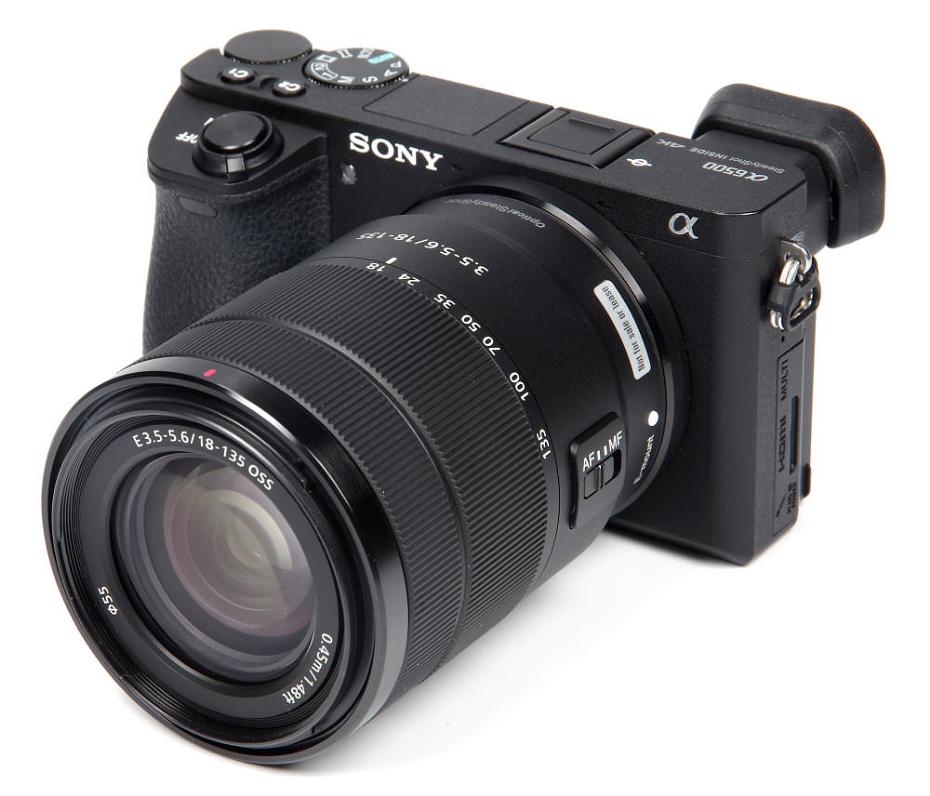
The lens weighs in at a modest 320g, without hood or caps. This is achieved with extensive use of plastics, but we do have a metal mount to improve durability. Construction quality is good and there is no sloppiness in any of the controls. It is unfortunately immediately apparent that there is no weather sealing, which considering its possibilities as an all-purpose travel lens is disappointing.
Starting at the front, a bayonet lens hood is provided that clips securely into place. The fitting surrounds a standard 55mm filter thread. The front element does not rotate, making the use of polarising and graduated filters easier.
The ribbed manual focusing ring is smooth and operates electronically. There are no end stops to this. Likewise, there is no distance scale, although when using manual focus a scale does appear in the electronic viewfinder or on the monitor of the camera. Focusing is down to 0.45m (1.48 feet), a maximum magnification of 0.29x, or around 1:3, a usefully close distance.
Behind the focusing ring is the zoom ring, and whereas focusing does not extend the lens, zooming does. Creditably, moving to full zoom does not result in any wobble in the extended barrel. It remains solid and stable. There are clear markings for various zoom positions at 18mm, 24mm, 35mm, 50mm, 70mm, 100mm and 135mm.
The only other control on the lens barrel is the AF/MF selector.
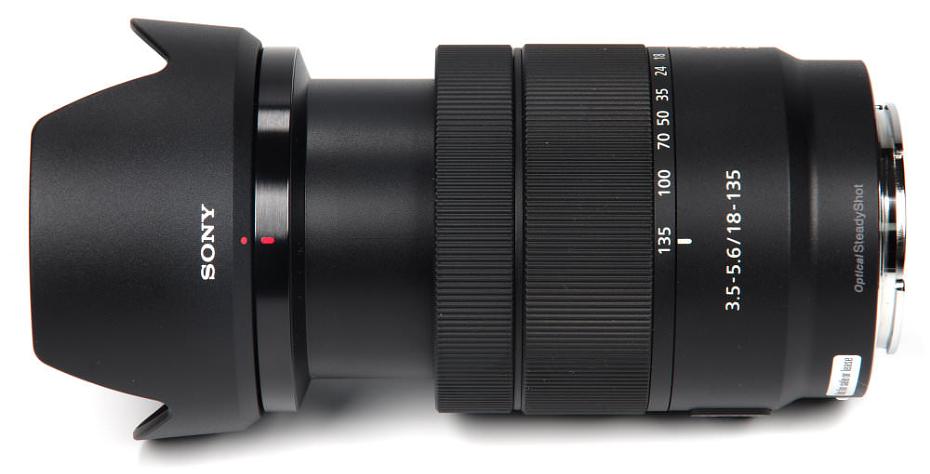
The metal mount has the usual electronic contacts and communication with the camera body yields a full range of features. For example, distance scale, aperture values and, very usefully when using manual focus, moving the focusing ring immediately engages the focus aids on the monitor/EVF. The mount is very secure, with absolutely no play in the fit.
Lens construction is 16 elements in 12 groups, including 1 Aspherical and 2 ED (Extra Low Dispersion). The diaphragm has 7 circular blades to produce a circular aperture and enhance the bokeh. The lens is not compatible with any of the teleconverters.
In use, there are no particular vices to distract us from what is a very well designed piece of kit. All the controls, such as they are, operate smoothly and the placement is spot on. Balance is good with the A6500, AF is fast and precise, we can move in to what are approaching macro distances. A very useful range of focal lengths makes for versatility and, as we shall see, with the appropriate choice of settings some excellent results are possible.
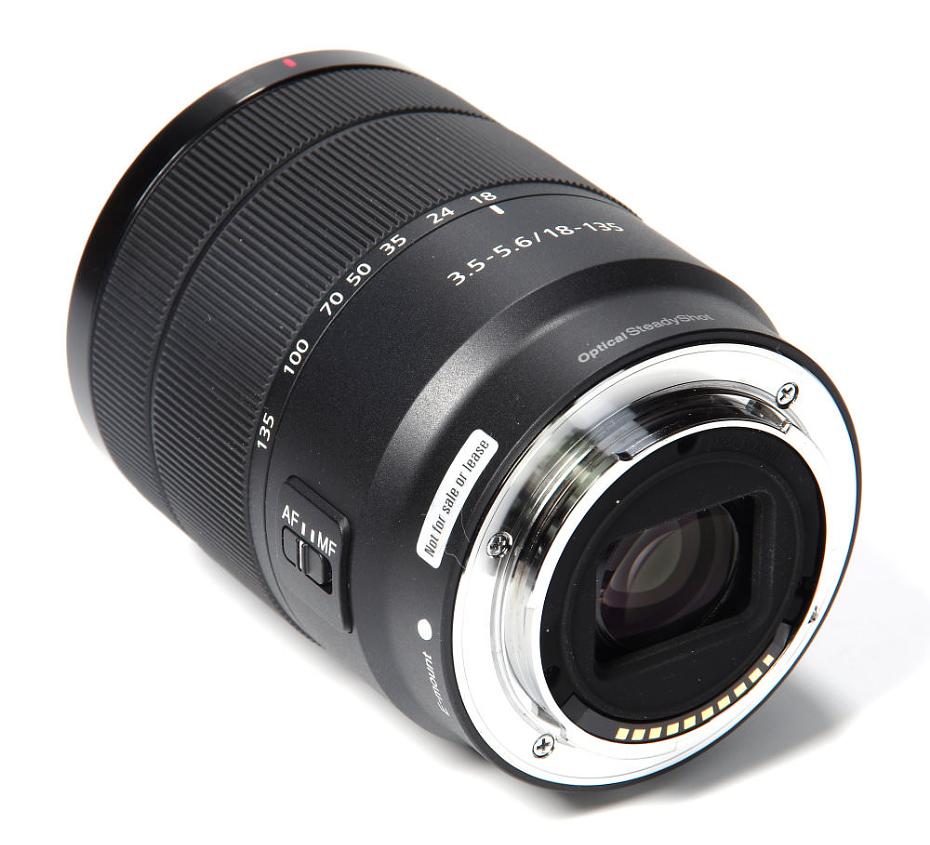
Sony E 18-135mm f/3.5-5.6 OSS Performance
At 18mm, central sharpness starts off well and is excellent from f/3.5 all the way through to f/11. It is still very good at f/16, only dropping away to being quite soft at f/22. The edges are very good from f/3.5 to f/8, good at f/11, dropping to soft at f/16 and very soft at f/22.
35mm sees excellent central sharpness from f/4.5 to f/11, still being very good at f/16 but dropping into softness at f/22 and beyond. The edges start off quite soft at f/4.5, become good at f/5.6 and very good from f/8 to f/16, but f/22 and f/29 are soft.
At 70mm, centrally sharpness is excellent from f/5.6 to f/11. It remains very good at f/16, but from f/22 to f/36 quickly becomes very soft. The edges are very good from f/5.6 to f/16, soft at f/22 and very soft at f/32 and f/36.
At 135mm central sharpness is excellent from f/5.6 to f/11. It is very good at f/16, good at f/22, but very soft beyond that at f/32 and f/36. The edges are the weakest performance in the zoom range, being good at f/8 but really quite soft at all other apertures. At this longest setting, the main subject may be best kept to the centre, in which case it will be rendered crisply.
Sony E 18-135mm f/3.5-5.6 OSS MTF Charts
How to read our MTF chartsThe blue column represents readings from the centre of the picture frame at the various apertures and the green is from the edges.The scale on the left side is an indication of actual image resolution as LW/PH and is described in detail above. The taller the column, the better the lens performance. For this review, the lens was tested on a Sony Alpha A6500 using Imatest. |
CA (Chromatic Aberration) at 18mm is centrally very well corrected. The edges do show significant fringing. At 35mm this improves slightly, the centre being again very well corrected and but the edges still showing some fringing. 70mm sees a very similar performance. At 135mm things become rather worse. Central CA is still quite well under control, but the edges stray considerably and colour fringing is very visible in subject matter such as branches against bright sky. This can of course be tackled in software.
Sony E 18-135mm f/3.5-5.6 OSS Chromatic Aberration Charts
How to read our CA chartsChromatic aberration (CA) is the lens' inability to focus on the sensor or film all colours of visible light at the same point. Severe chromatic aberration gives a noticeable fringing or a halo effect around sharp edges within the picture. It can be cured in software.Apochromatic lenses have special lens elements (aspheric, extra-low dispersion etc) to minimize the problem, hence they usually cost more. For this review, the lens was tested on a Sony Alpha A6500 using Imatest. |
It can be difficult to be sure when looking at distortion in CSC format cameras and lenses whether or not we are seeing the performance of a lens or in fact whether the camera is applying corrections regardless of what we switch off. In any event, the distortion correction here is excellent, measuring -0.44% barrel at 18mm, +0.47% pincushion at 35mm, +0.19% pincushion at 70mm and -0.11% barrel at 135mm. With a general purpose lens this is unlikely to be an issue, and can always be further corrected in software if desired.
There is no sign of flare. Against bright light no loss of contrast seems to occur, which is an excellent result, especially considering the large number of lens elements.
Bokeh, the quality of the out of focus areas, is very smooth regardless of the 7 bladed construction of the diaphragm. The lens will no doubt be excellent for flower studies, with backgrounds being smooth against a nice crisp central image. The same applies equally well to portraits.
The inbuilt OSS (Optical Steady Shot) system operates in conjunction with the Steadyshot built into the Sony A6500 used in the review. This proves to be extremely efficient, suggesting that 5 stops advantage can be expected for critical sharpness, but perhaps another 2 stops at a lower measure of sharpness that would still be usable for web. Of course it will not help where the subject is moving, but it is remarkably good for still subject matter.
Sony E 18-135mm f/3.5-5.6 OSS Sample Photos
Sony E 18-135mm f/3.5-5.6 OSS Aperture range
Value For Money
The Sony E 18-135mm f/3.5-5.6 OSS lens is priced at £569. As there are no direct alternatives, perhaps surprisingly, but we can see if the price level is on a par by looking at what other marques provide for their users.
Fujifilm offer the Fujinon 18-135mm f/3.5-5.6 WR LM R OIS at £699. Canon have the EF-S 18-135mm f/3.5-5.6 IS USM, priced at £429. Pentax do not need shake reduction built into their lens, it being installed in the camera bodies, so the SMC Pentax-DA 18-135mm f/3.5-5.6 ED AL IF DC WR is available at £379.
Considering the Sony lens does not have weather sealing, it may be a tad high at the moment, but perhaps will settle back in time to a more competitive level. For more options have a look at the Top 15 Best Sony E / FE Mount Lenses.
Sony E 18-135mm f/3.5-5.6 OSS Verdict
As a general purpose lens, a good 18-135mm is hard to beat on APS-C format cameras. The close focus and long reach lend themselves well to close ups such as flower studies. The 18mm wide angle can accommodate most architecture and landscapes. The close focus means small object photography is simple, and quality of results at these close distances are well maintained.
The Sony lens generally performs well, but with caveats. Central sharpness is fine until we reach small apertures of f/16 and beyond, but beyond that detail is soon lost. The edges are quite poor when longer focal lengths are used, although the centre still sparkles crisply. This in itself can be used creatively for portraiture and other close ups.
Although not perfect, the lens is still a very good choice for general photography and capable of delivering good, bright and sharp images.
 |
The Sony E 18-135mm f/3.5-5.6 OSS is a compact, light and versatile zoom lens for travel and general photography, capable of excellent results. |
